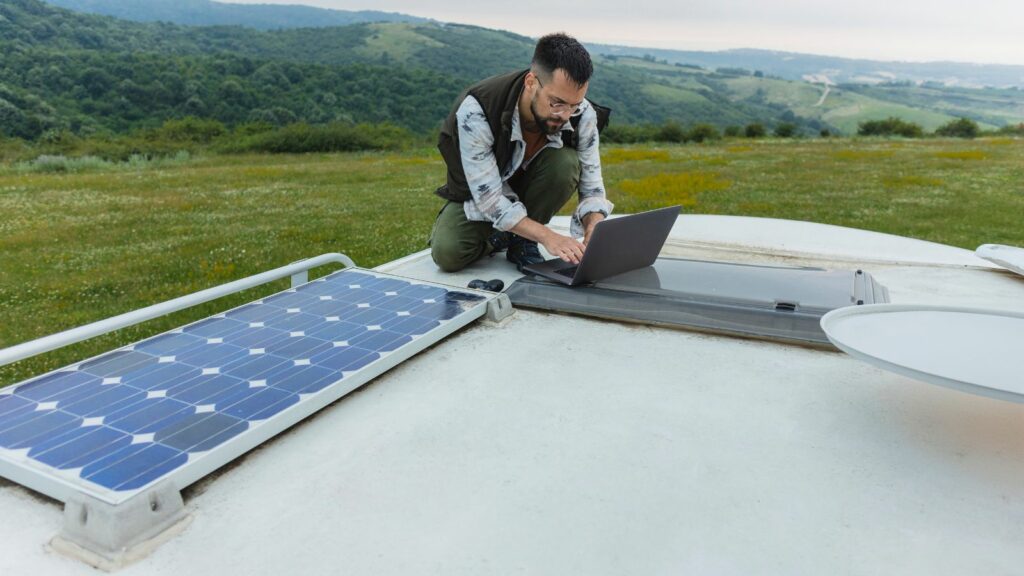Not everyone can afford a luxury Prevost or wants to drive around a 45-foot land yacht. That’s where micro RVs come in—compact, efficient, and totally customizable. With the right vehicle, a plan, and some elbow grease, you can create a rolling home that fits in a parking space yet still delivers comfort on the open road. Here’s how to tackle a DIY micro RV build step by step.
Choose the Right Base Vehicle
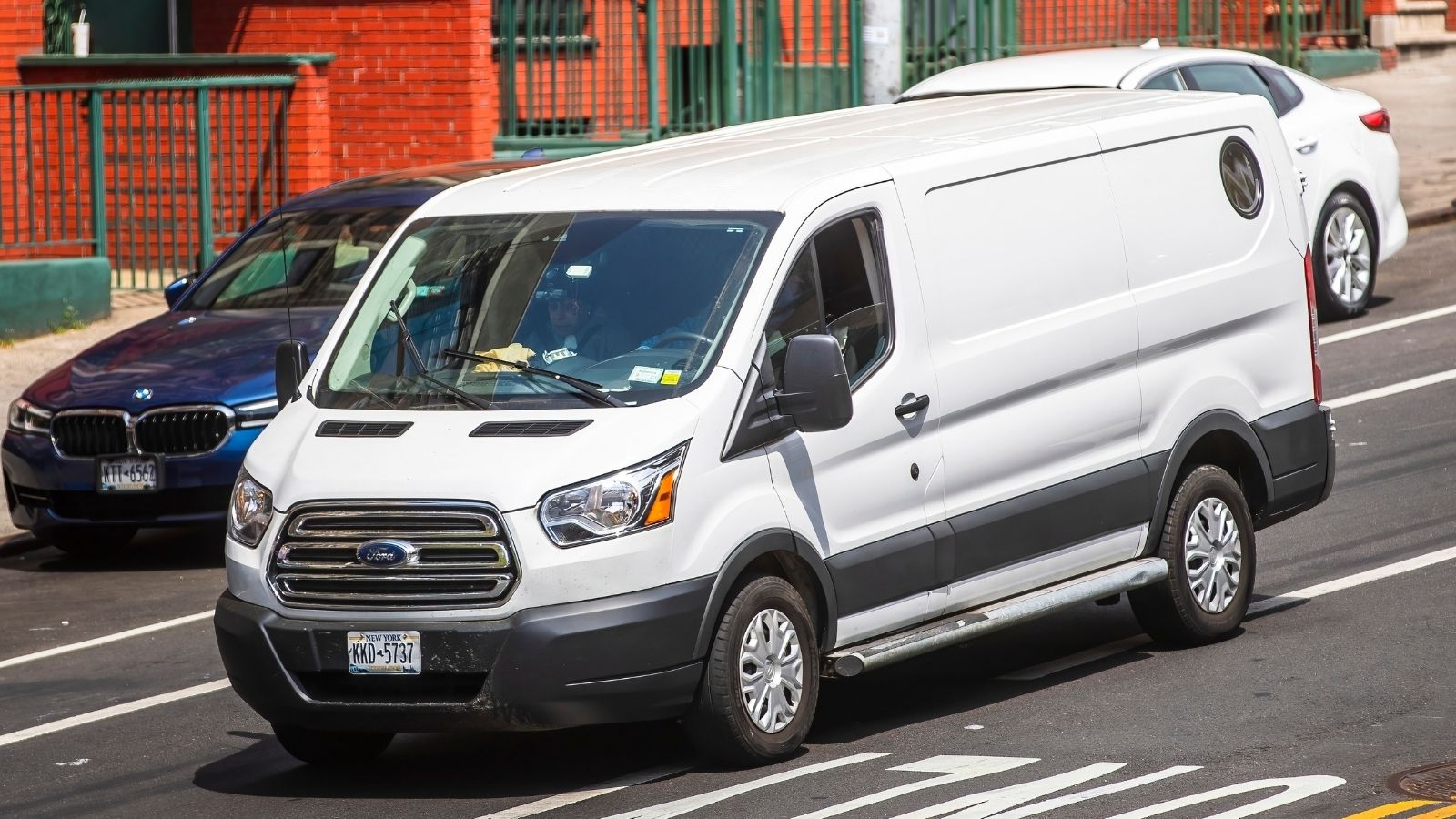
Your choice of donor vehicle sets the tone for the whole project. A Ford Transit, Ram ProMaster, or Mercedes Sprinter is the go-to for many van lifers thanks to their size and reliability, but don’t overlook humble options like the Honda Odyssey, Chevy Astro, or Toyota Sienna. A minivan build may lack headroom, but it’s stealthy, easy to park, and more fuel-efficient than a full-size van. Pick something mechanically sound with minimal rust—you want to be building a camper, not fighting corrosion.
Plan Your Layout
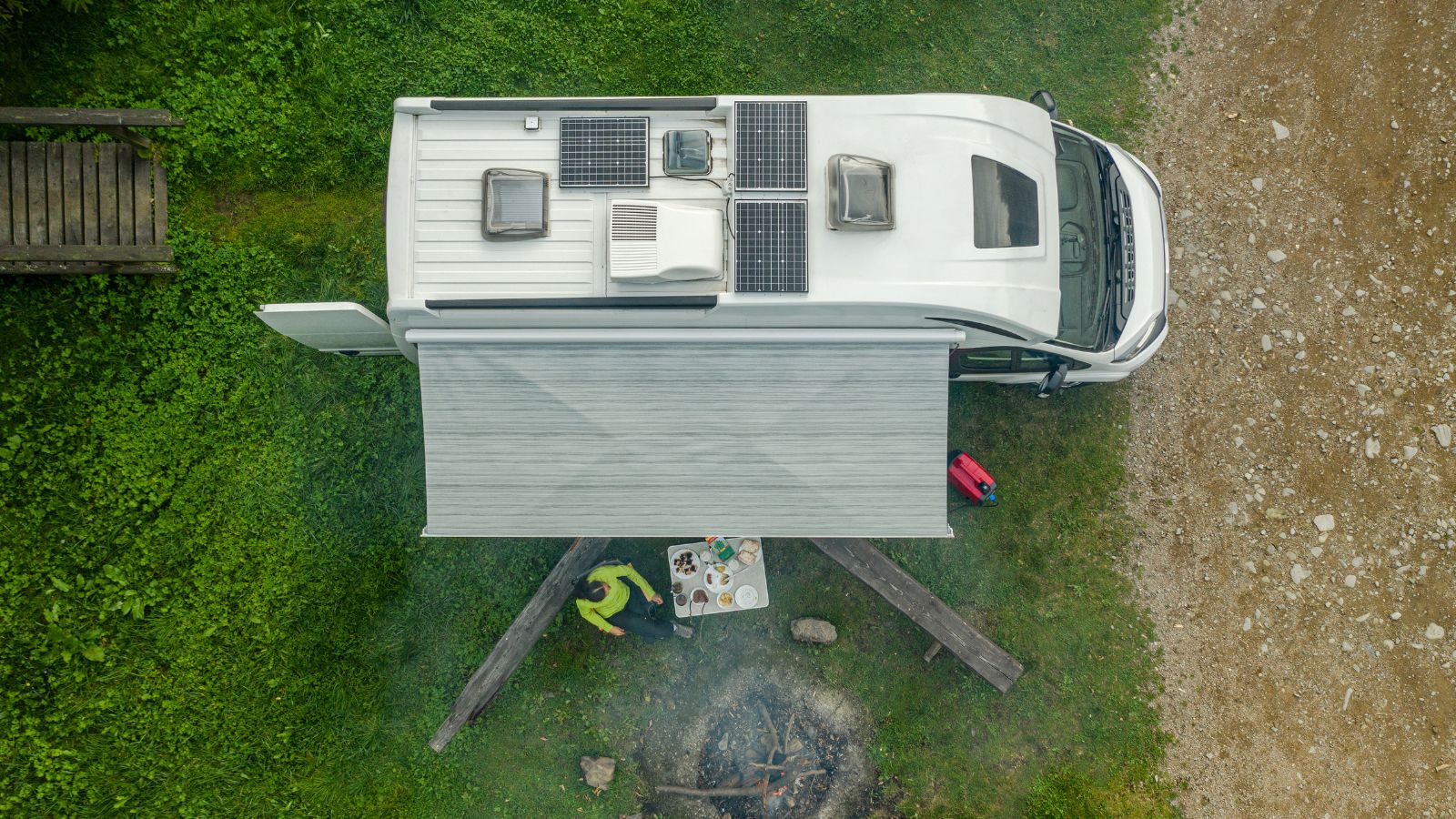
Think of your micro RV as a puzzle. Do you want the bed across the back or running lengthwise? Will you cook inside or outside? Do you need a work desk, or just a comfy spot to crash? Some builders draw their layout in CAD programs, while others use tape on the garage floor to mark out dimensions. Inspiration can be found from YouTube van life tours or by touring professional builds at RV shows. A good plan means fewer costly mistakes later.
Set a Budget

It’s easy to get sucked into Instagram-worthy builds with $10,000 worth of solar and walnut cabinetry. But you don’t need to break the bank. A simple build with insulation, flooring, a bed, and some storage can be done for under $3,000 if you DIY everything. Set aside an emergency buffer, too, because odds are you’ll need a surprise repair or a few extra parts. Remember: a reliable engine is worth more than heated floors.
Strip and Clean the Interior
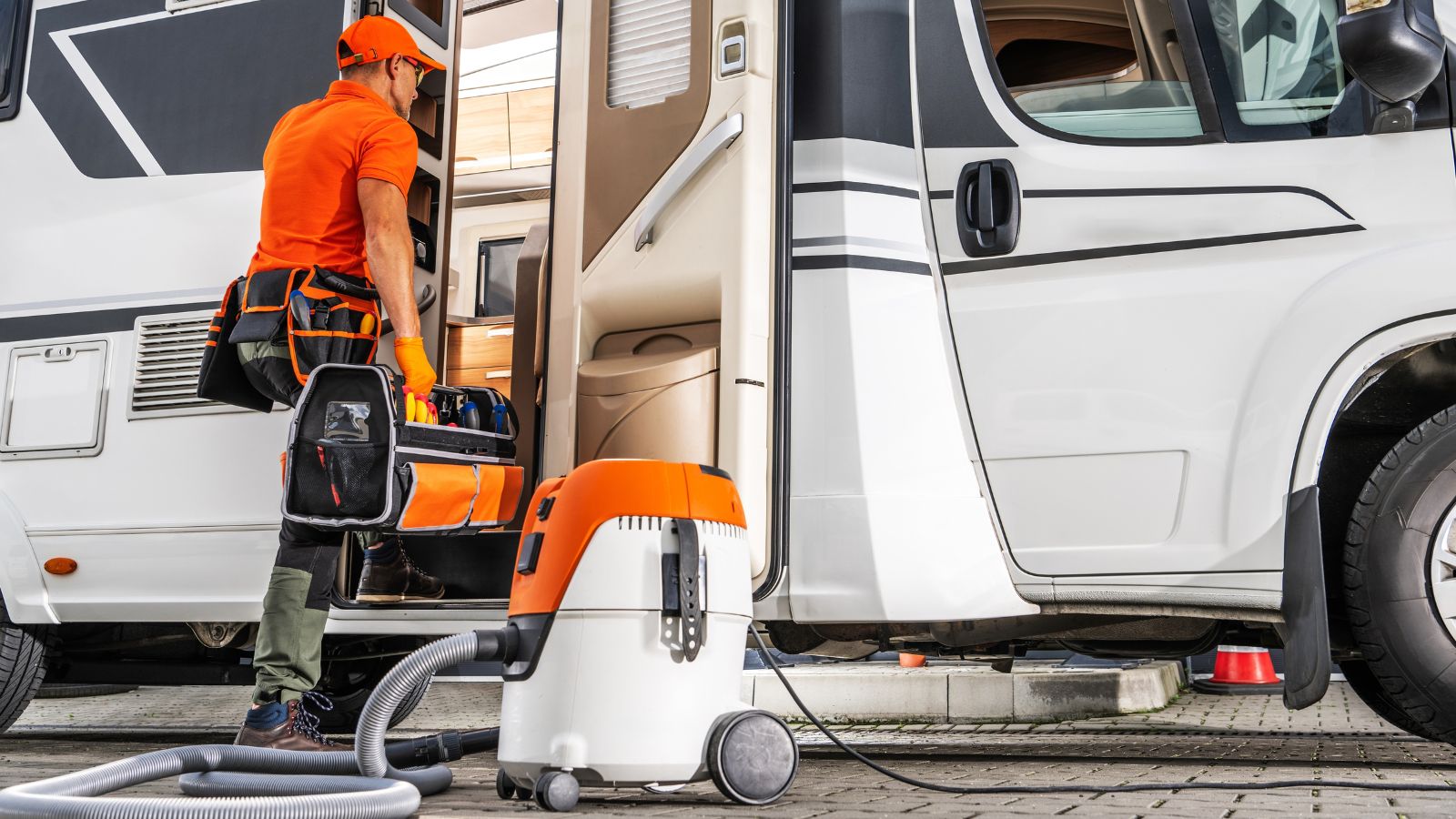
Start fresh. Rip out seats you don’t need, old carpet, headliners, and any interior trim that eats into your space. A pressure washer and a shop vac will do wonders. Cleaning also helps you find leaks or rust patches before you start building. Think of this stage as prepping a blank canvas—when you start adding insulation and furniture, you don’t want to cover up problems.
Insulate for Comfort
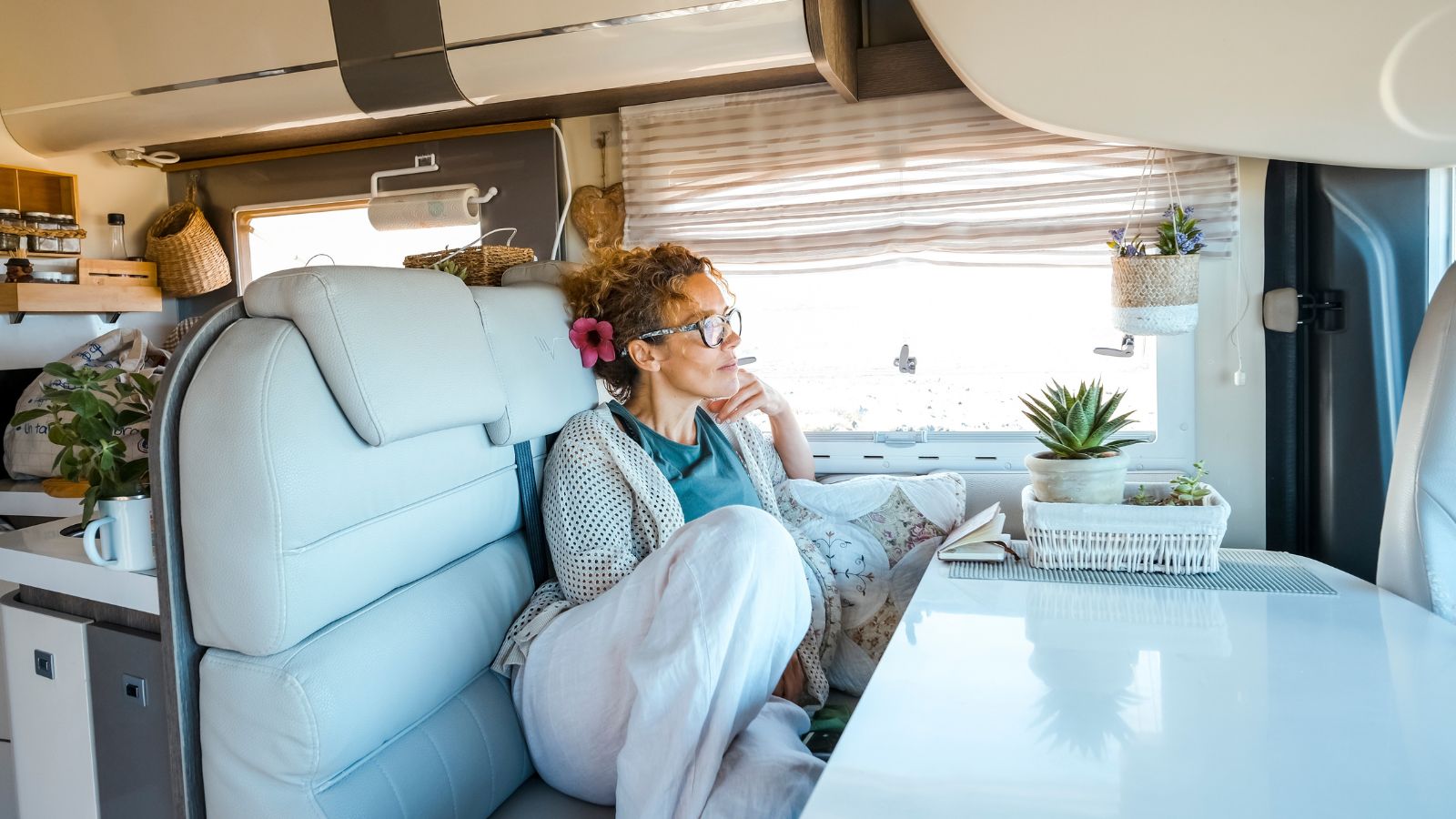
Insulation is the foundation of comfort. Rigid foam boards like XPS are popular, as are spray foams like Great Stuff for sealing gaps. Reflectix is great for window covers but doesn’t work as insulation on its own. Some budget builders use recycled denim insulation for an eco-friendly approach. Pair this with sound-deadening mats like Dynamat or Kilmat, and suddenly your van feels quieter and more solid. Proper insulation keeps you warm in the Rockies and cool in the Mojave.
Wire the Electrical System
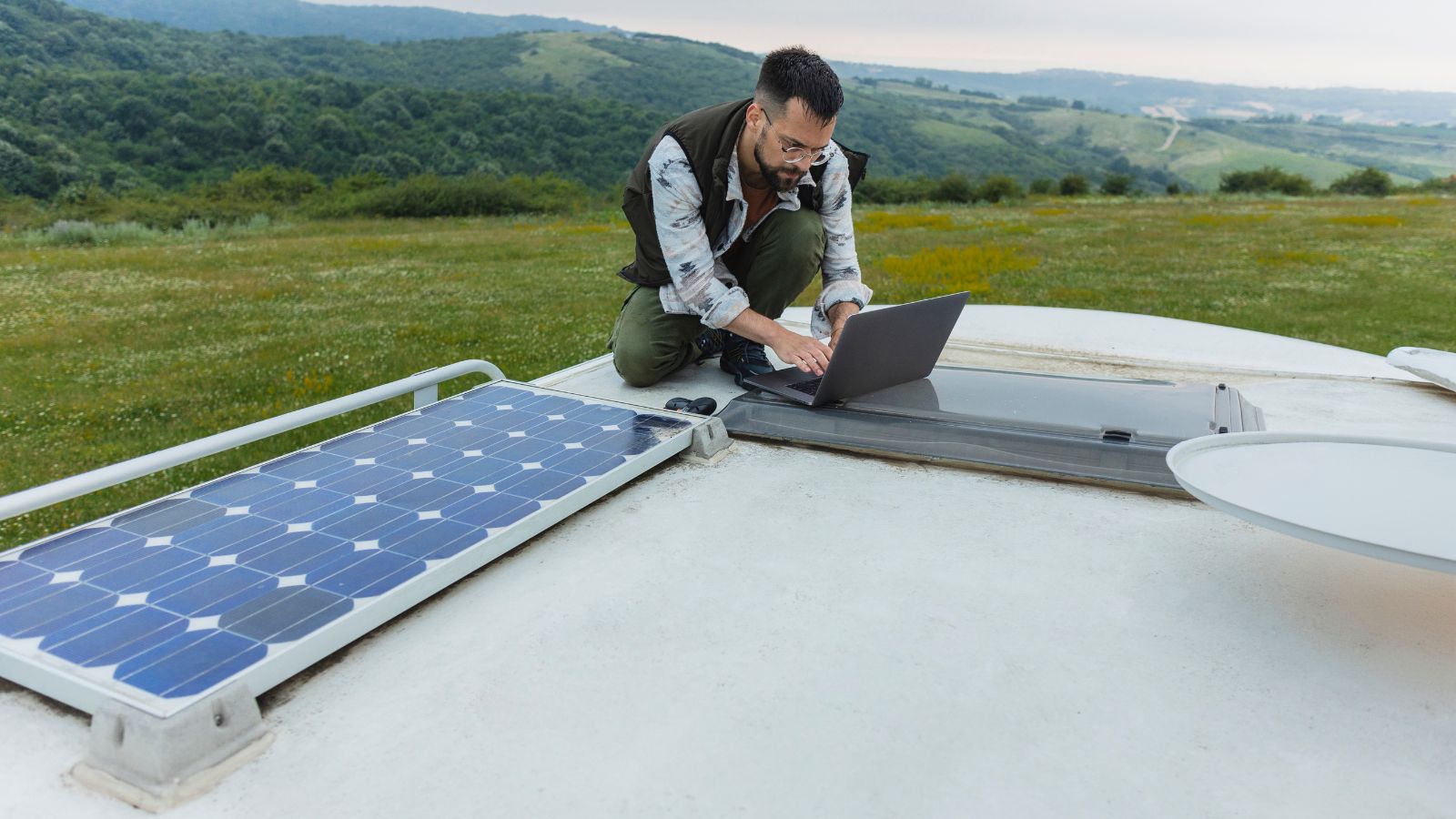
Power is where many DIYers get nervous, but a well-planned system is easier than it looks. Decide early—are you going off-grid or plugging into campgrounds? A popular combo is a 200-amp-hour lithium battery paired with a 200–400 watt solar panel setup. Brands like Renogy and Battle Born Batteries are staples in the van life community. Add a 1000- or 2000-watt inverter for appliances, run 12-volt lines for LED lights and fans, and always use proper fuses. You don’t want your micro RV doubling as a rolling fire hazard.
Install Flooring
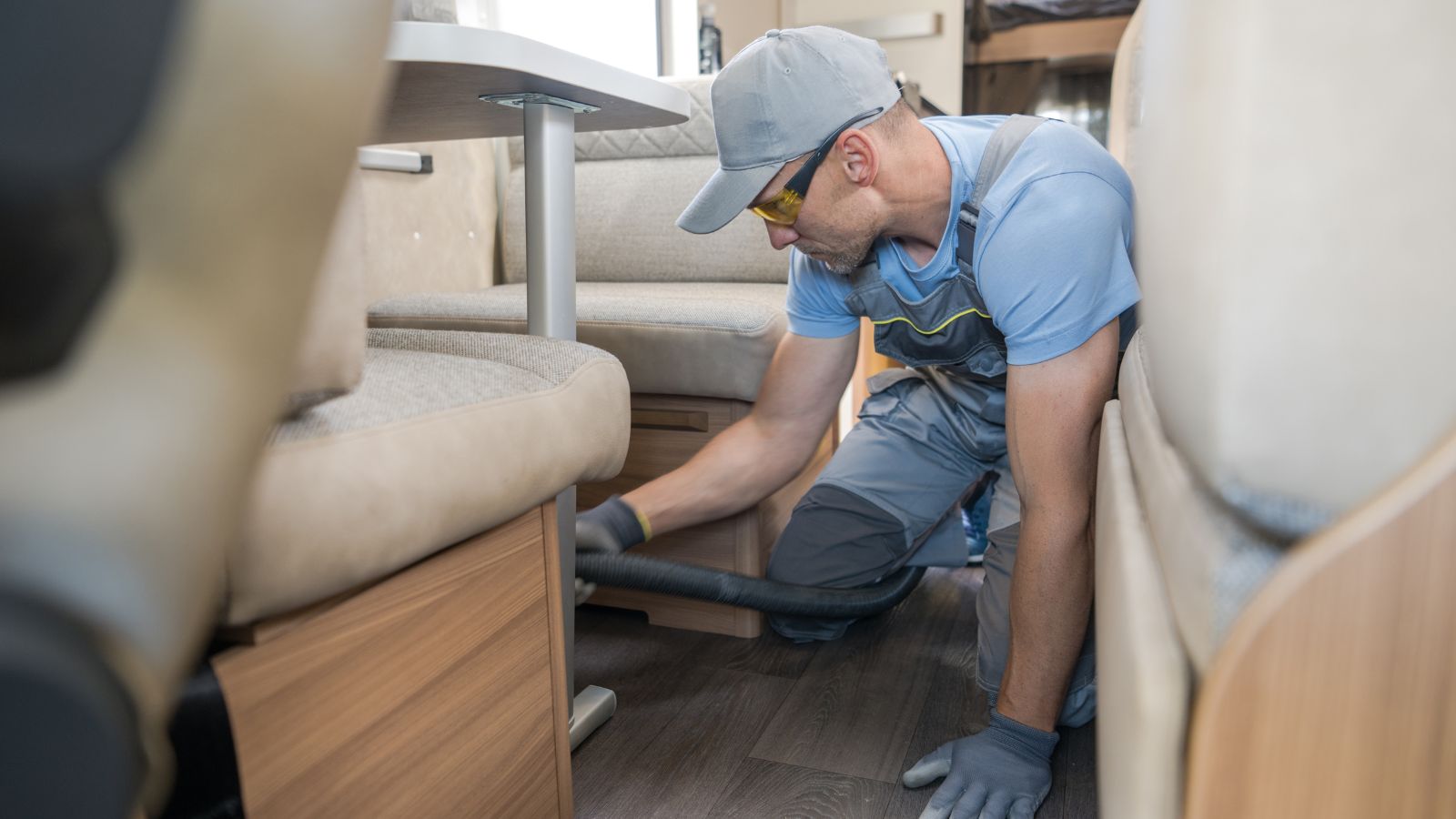
The floor is both functional and visual. Lay down half-inch plywood as a base, then cover it with something durable like vinyl planks or laminate. These materials are water-resistant, easy to clean, and look sharp. Carpeting might sound cozy, but it traps dirt, sand, and moisture. Some builders even go for rubber flooring for its durability and easy maintenance. Whatever you choose, insulate under the subfloor if you’re planning cold-weather adventures.
Build the Bed
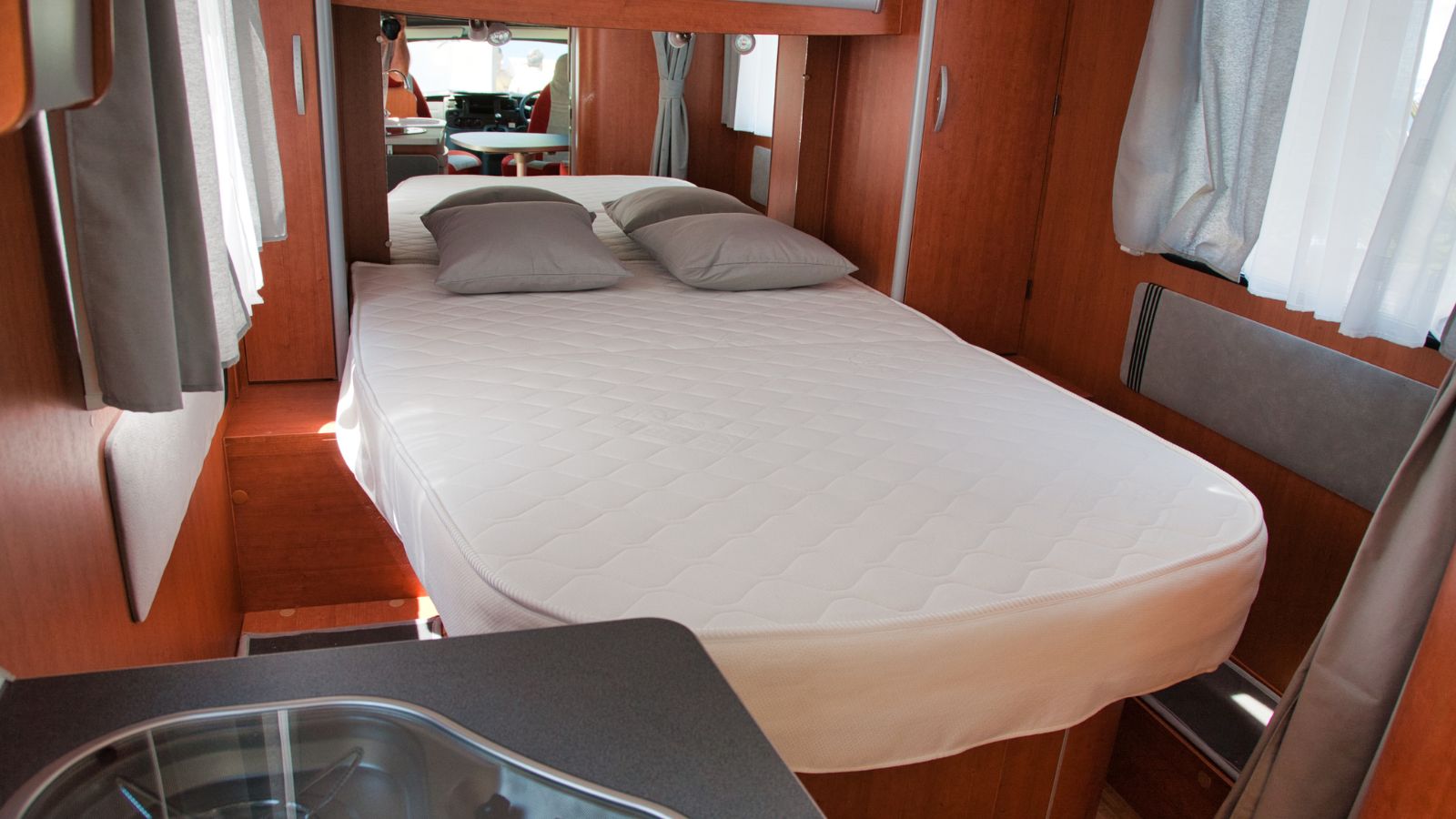
Your bed will define how comfortable your micro RV feels. A fixed platform bed is simplest and allows for storage underneath—think bins for tools, clothing, or camp gear. If you want versatility, build a convertible bed that doubles as a couch or dinette. Many DIYers hack IKEA futons or repurpose foam mattresses cut to size. Comfort should not be sacrificed here; nothing ruins van life faster than a bad night’s sleep.
Create Storage Solutions
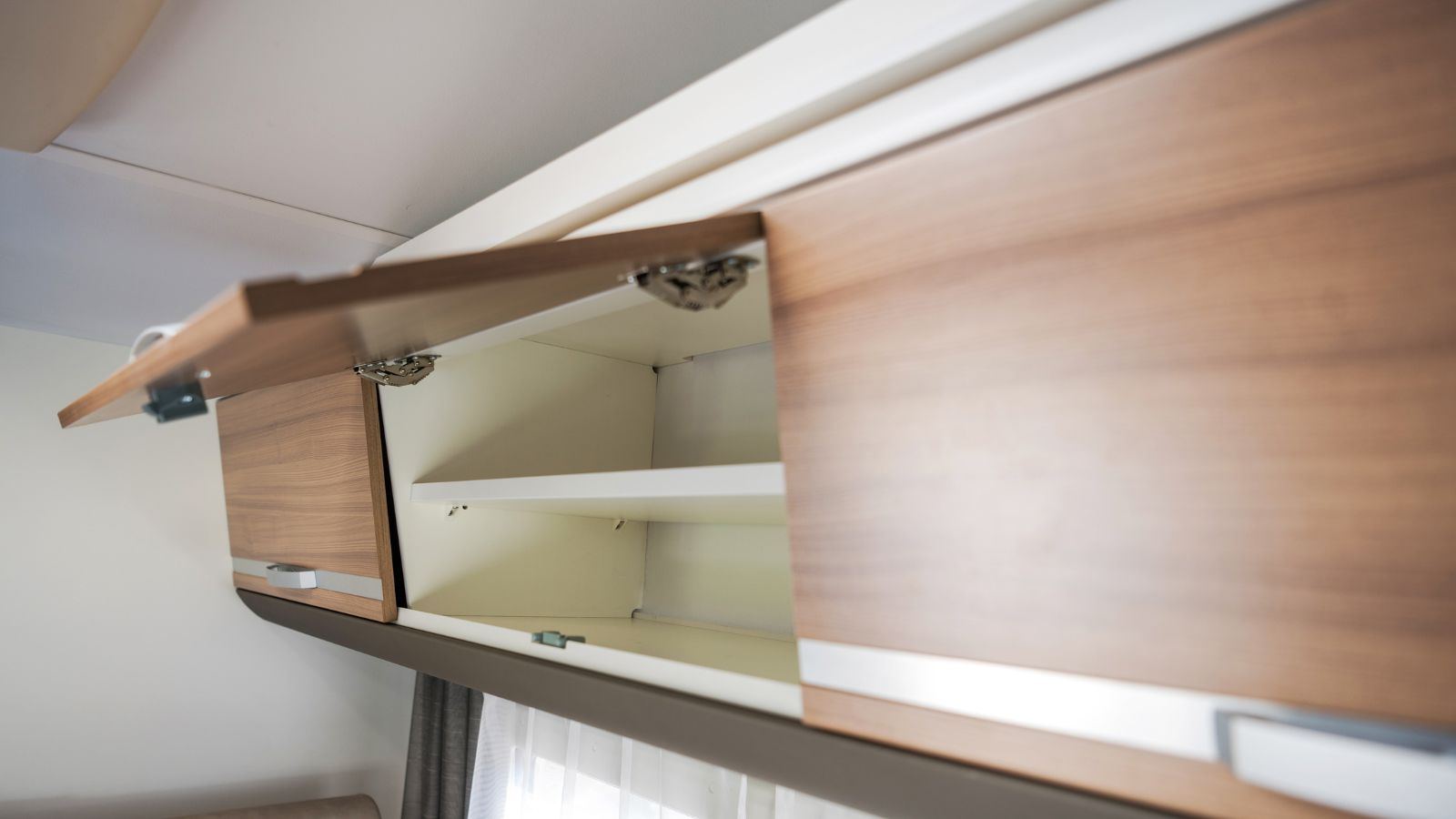
Storage can make or break a micro RV. Build drawers under the bed, cabinets along the walls, and ceiling-mounted shelves. Plastic bins with sliding trays are budget-friendly lifesavers. Even your doors can become storage zones with hanging organizers. Look for wasted space—above the wheel wells, under the floor, or inside the rear doors—and turn it into useful compartments. Pro tip: don’t skimp on secure latches. You’ll only make the mistake of opening a cabinet on a bumpy road once.
Add a Kitchen Setup
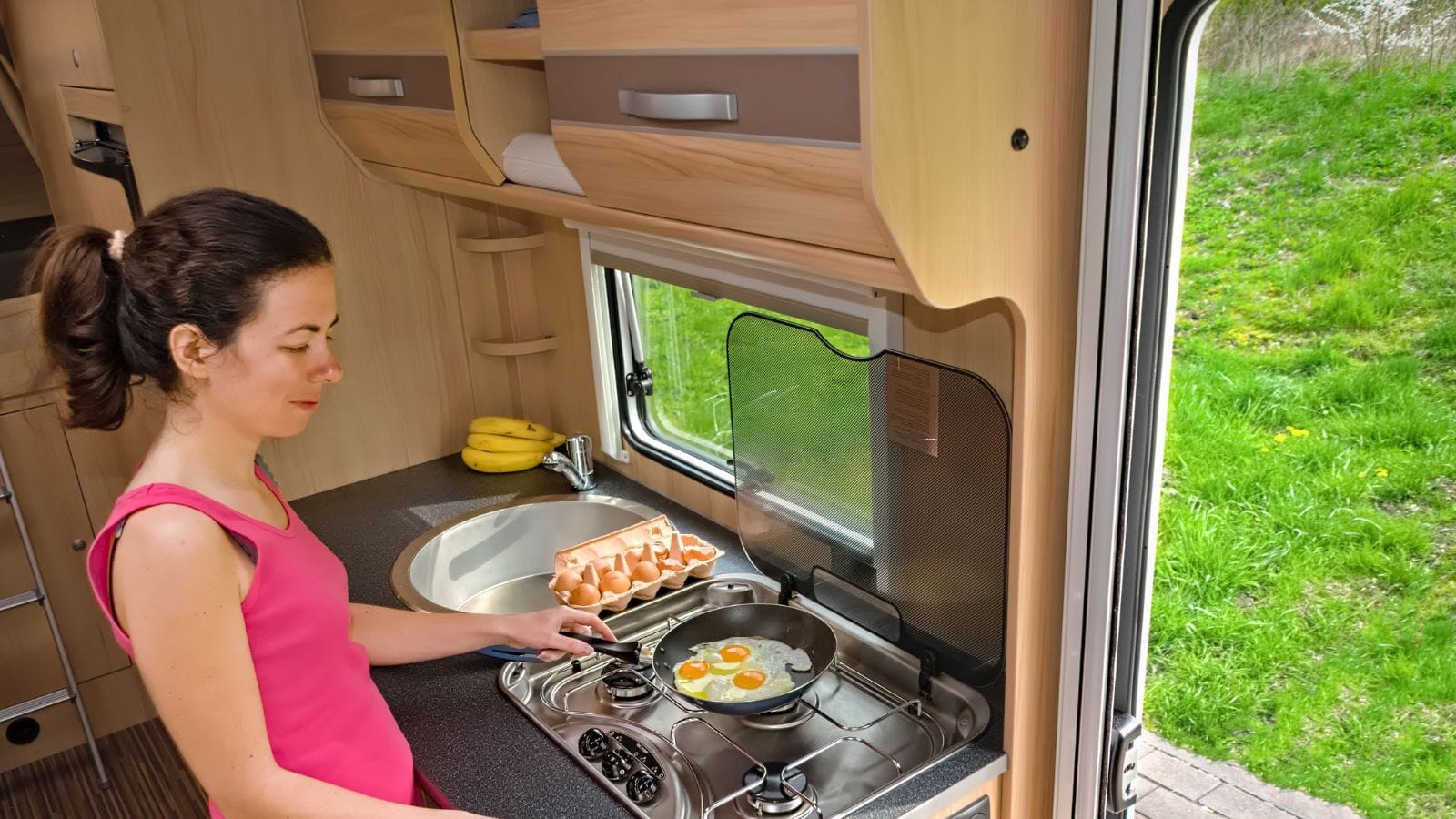
Your kitchen doesn’t need to rival Martha Stewart’s, but it should fit your needs. A portable propane stove like a Coleman works fine, or you can build in a two-burner cooktop. For water, a simple system with a freshwater jug, pump, and greywater tank does the trick. Many DIYers install compact 12-volt fridges from brands like Dometic or Alpicool, while budget builds stick to coolers. Keep it light and modular—sometimes outdoor cooking is better anyway.
Ventilation is Key
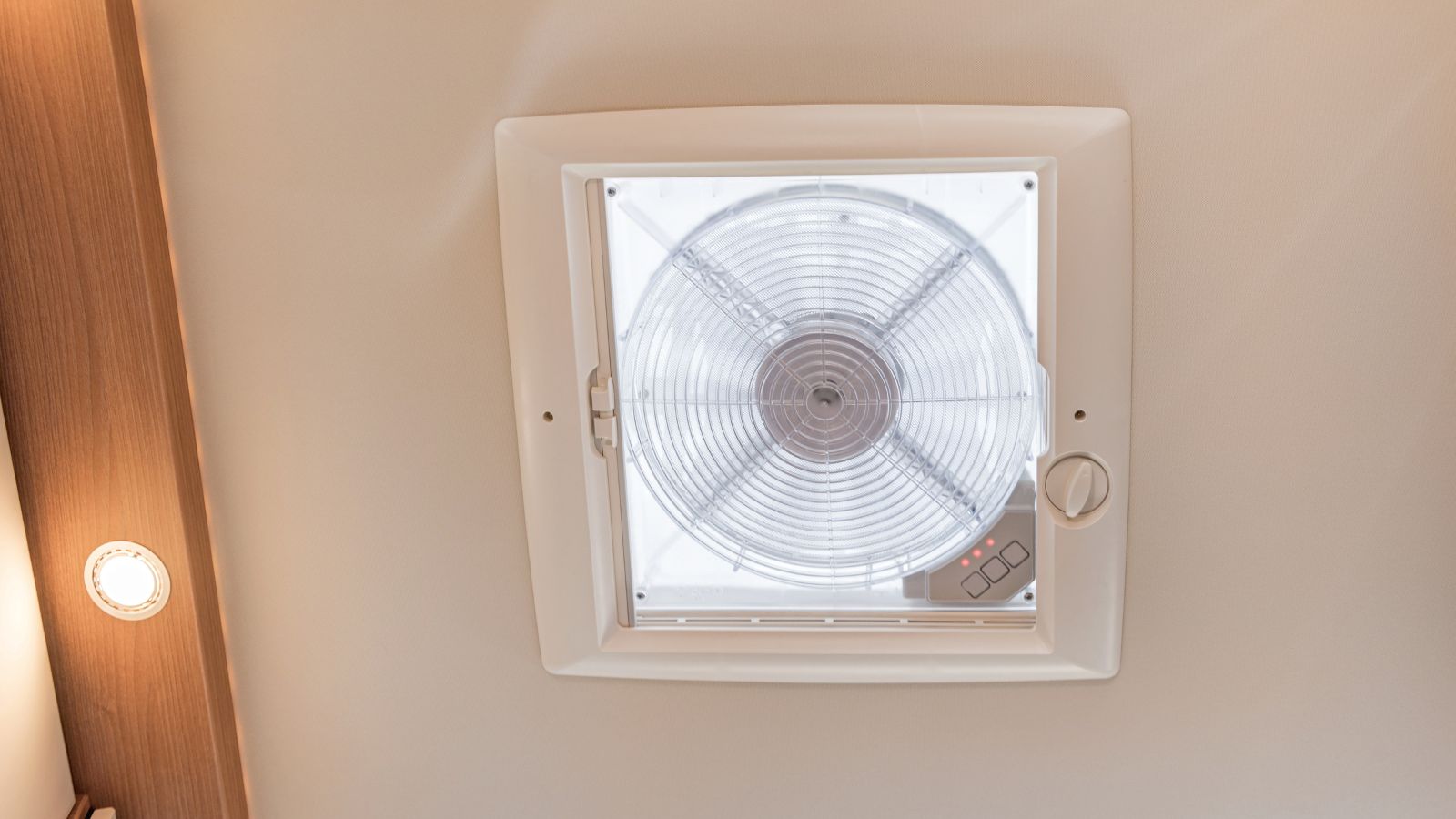
Without ventilation, your micro RV becomes a rolling sauna. A roof-mounted vent fan (Maxxair and Fantastic Fan are favorites) makes a huge difference. Combine that with screened windows to get airflow and reduce condensation. Mold and mildew are the enemies of van builds, so don’t skimp here. If a roof fan isn’t in your budget, at least get portable fans and DIY window screens to keep air moving.
Install Lighting
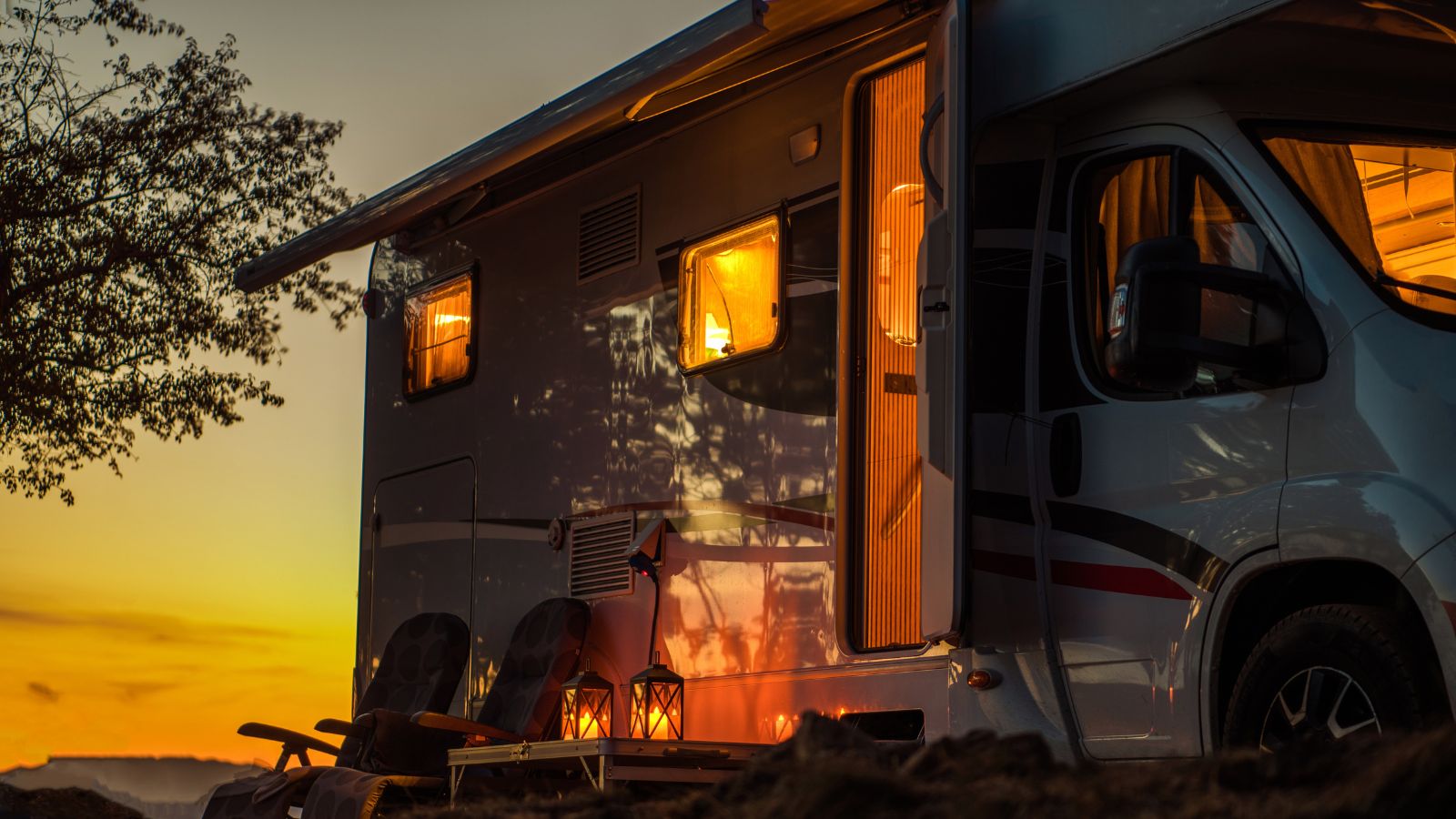
LED lighting is efficient and customizable. Ceiling puck lights wired to your battery bank are great for overall brightness, while LED strips can add cozy ambiance. Mount reading lights by the bed and under-cabinet lights in the kitchen. Add dimmers so you can switch from “work mode” to “relax mode” easily. Some van lifers even add solar-powered fairy lights for mood lighting without draining the main battery.
Add Bathroom Solutions
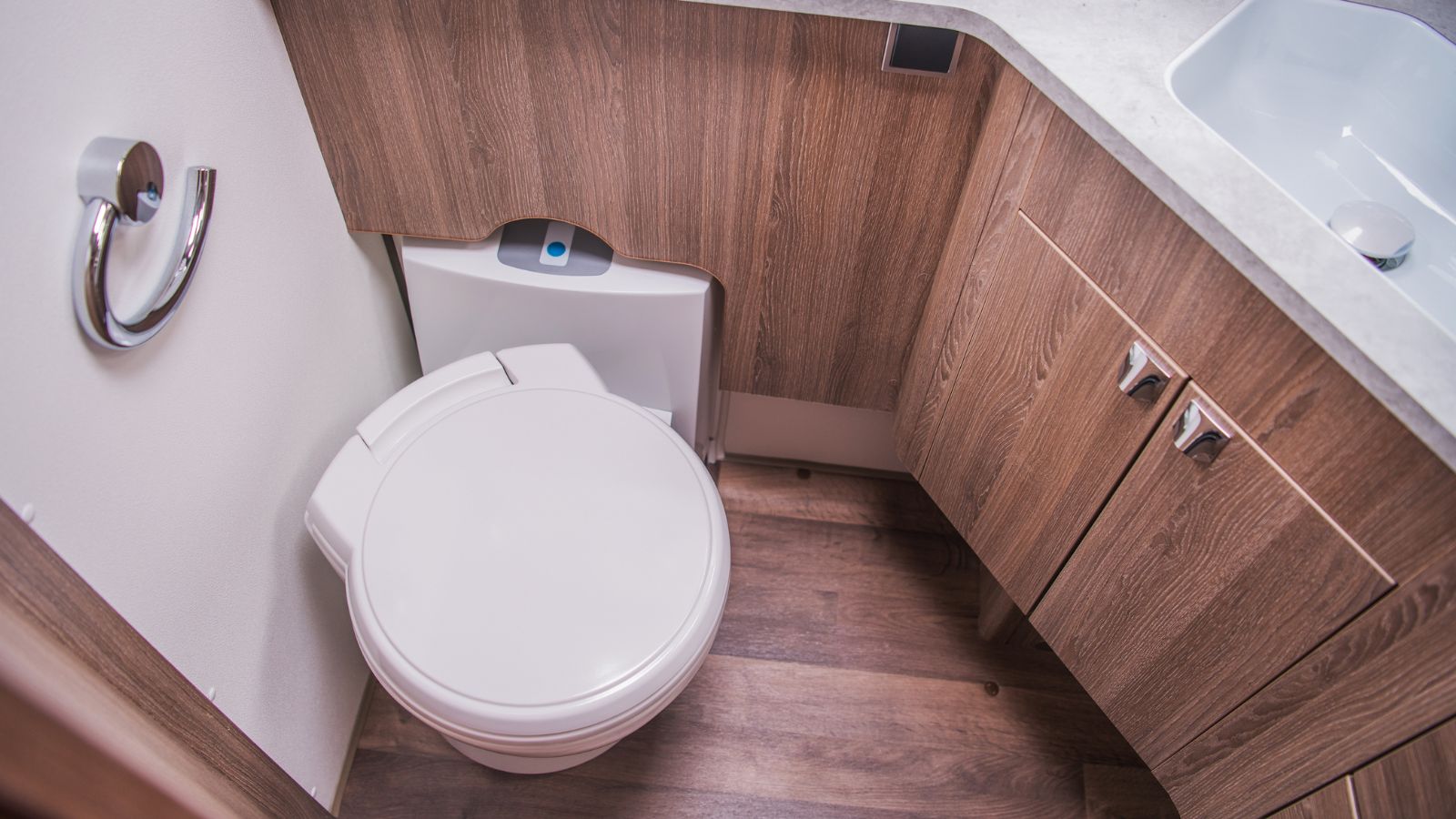
Most micro RVs don’t have the space for full bathrooms, but that doesn’t mean you’re out of options. A portable camping toilet like the Thetford Porta Potti is compact and practical. For showers, a solar shower bag or a collapsible shower tent paired with a pump sprayer does the job. Some builders even install slide-out outdoor showers connected to their water system. The trick is to embrace simplicity—you’re not building a spa, just covering the basics.
Personalize the Interior
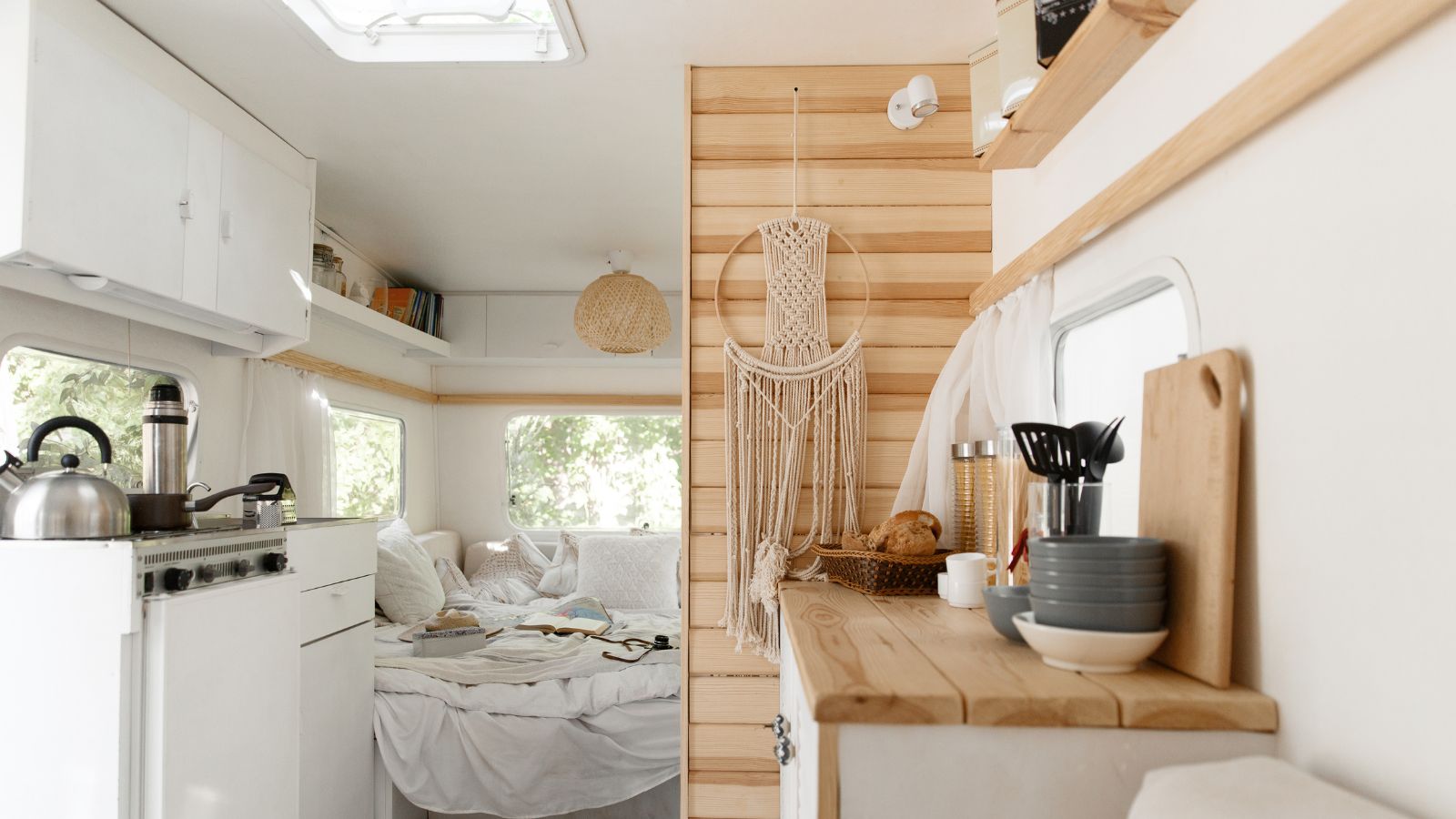
Once the hard work is done, it’s time to make the space yours. Add curtains for privacy, throw pillows for comfort, and rugs for warmth. String lights, wall art, or even a mini bookshelf can transform the feel. The goal is to make it inviting enough that you want to hang out inside, not just crash at night. The beauty of DIY is that no two builds look the same.
Test and Tweak

Your first build won’t be perfect, and that’s okay. Take your micro RV out for a weekend shakedown run. You’ll quickly learn what’s missing—maybe a fold-down table, more USB outlets, or better storage for shoes. Keep a notepad handy, and after the trip, make adjustments. Van life is about evolving your build to match your travel style. Every tweak brings you closer to a tiny home that feels just right.
25 Facts About Car Loans That Most Drivers Don’t Realize

Car loans are one of the most common ways people fund car purchases. Like any other kind of loan, car loans can have certain features that can be regarded as an advantage or a disadvantage to the borrower. Understanding all essential facts about car loans and how they work to ensure that you get the best deal for your financial situation is essential. Here are 25 shocking facts about car loans that most drivers don’t realize:
25 Facts About Car Loans That Most Drivers Don’t Realize
